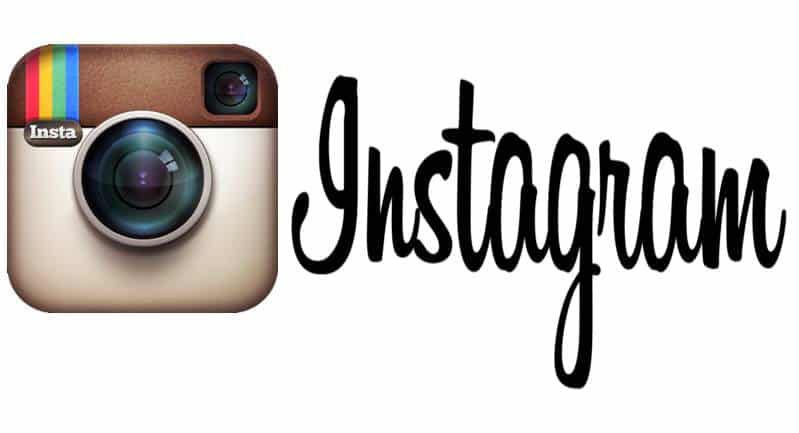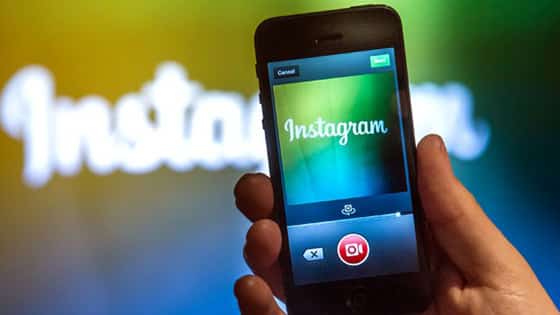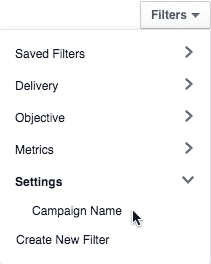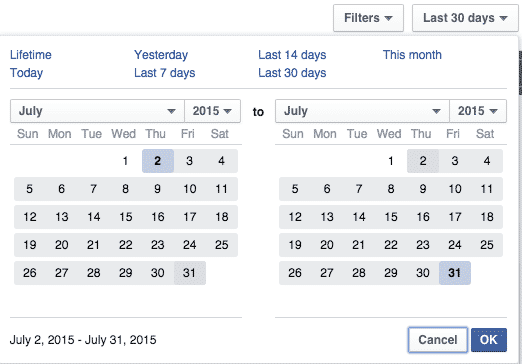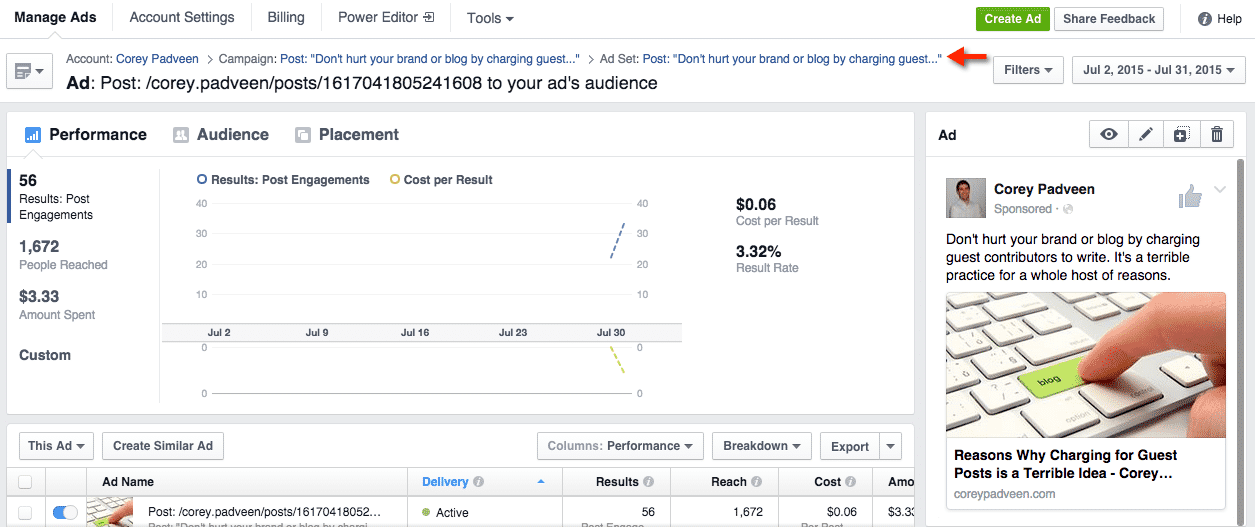This post originally appeared on CoreyPadveen.com.
There are a lot of reasons why your landing pages might not be converting, so here are ten things that might help.
Your landing pages are designed to drive conversions. But with so much noise, and what can sometimes feel like guesswork (though it doesn’t have to be), our landing page conversions might not be as strong as we had hoped.
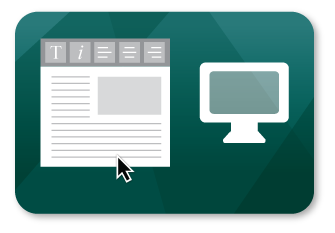
These are a few best practices to keep in mind next time you decide to create a landing page in the hopes of driving new conversions from a campaign.
1. Match Your Page Title
If I, a consumer, have clicked on your content from an ad, email, social post or some other source that read one thing, and I arrived at your landing page only to find that the title does not match the original content, I’ll likely a) go back, thinking I arrived at the wrong place or b) exit because I feel duped. Keep a consistent message from content to landing page in order to maintain consistency throughout the consumer’s journey.
2. Clear Call-to-Action
If you have paragraph after paragraph of text and wait until the very end of the page to prompt me to take action, nine times out of ten, I’m going to leave. The average online attention span is eight seconds. If you don’t have a clear call-to-action above the fold prompting visitors to take action immediately, they likely won’t.
3. Direct Users to Your CTA
Using something as simple as an arrow, a photo or even turning your images slightly to face your call-to-action call can all lead to significantly improved conversion rates. Our eyes naturally follow directions that guide them. Do yourself a favor and help your prospects along the way.
4. Single Message
Landing pages have significantly higher conversion rates when there is a single, clear and uninterrupted message without any distractions. As noted above, people have short attention spans. If you push too many messages (i.e. more than one) at the same time, they will likely become overwhelmed and move onto something simpler.
5. Contextualize Your Offer
Showing is better than telling. Think about the classic door-to-door sales person. Your Fuller Brush Man wouldn’t simply tell you how great his products were, he would show you a mess and clean it up! On your landing page, you should try and do the same thing. Showcase an example, or a video that highlights why the product is a must-have and the offer can’t be beat!

6. Conformity
Along the same lines as the single message approach, every bit of content on your landing page should be aligned with the purpose of the page itself. If your goal is to get people to download your eBook, everything on the page should not only push people to download the eBook, but focus on its benefits. At no point should the attention that a consumer is giving you be broken. Don’t share links to other pages, and don’t promote other offers. Your landing pages should be singular in nature.
7. Test Variations
Keep all elements constant, but change the color of your call-to-action from blue to red. Did it make a difference? Now change the phrasing of your page title. Did that help? It is no secret that A/B testing is a valuable practice, yet not all marketers take advantage of it in all aspects of their campaigns. Maybe they’ll run A/B tests on email campaigns, or social ads, but too often landing pages are not tested. Try using a service like Optimizely to make things even easier and to automate some of the process.
8. Give a Guarantee
The majority of consumers are naturally risk-averse. Therefore, when they see that something is guaranteed – satisfaction, as a soft guarantee, or, as Kaplan does, improved test scores, for a hard guarantee – they will be more comfortable making a purchase or subscribing to a service. There is simply something comforting about seeing that a brand is confident in its product.
9. Segment by Source
If you are running search ads, social ads and email campaigns, they should have their own landing pages. Each of these variations should have its own set of A/B tests as these audiences will not be made up of the same people, and neither one of these audiences are likely to have the same tastes.
10. Show Accessibility
People are naturally skeptical when it comes to web offers. Showing that you have a real email address, an actual phone number and can be found in an office somewhere in the world will boost the confidence of your visitors. Again, people like to know that there is an actual human being on the other end of the computer that will be there for them if needed.
Try some of these tactics and see if you can’t boost your landing page conversions next time you run a campaign!

